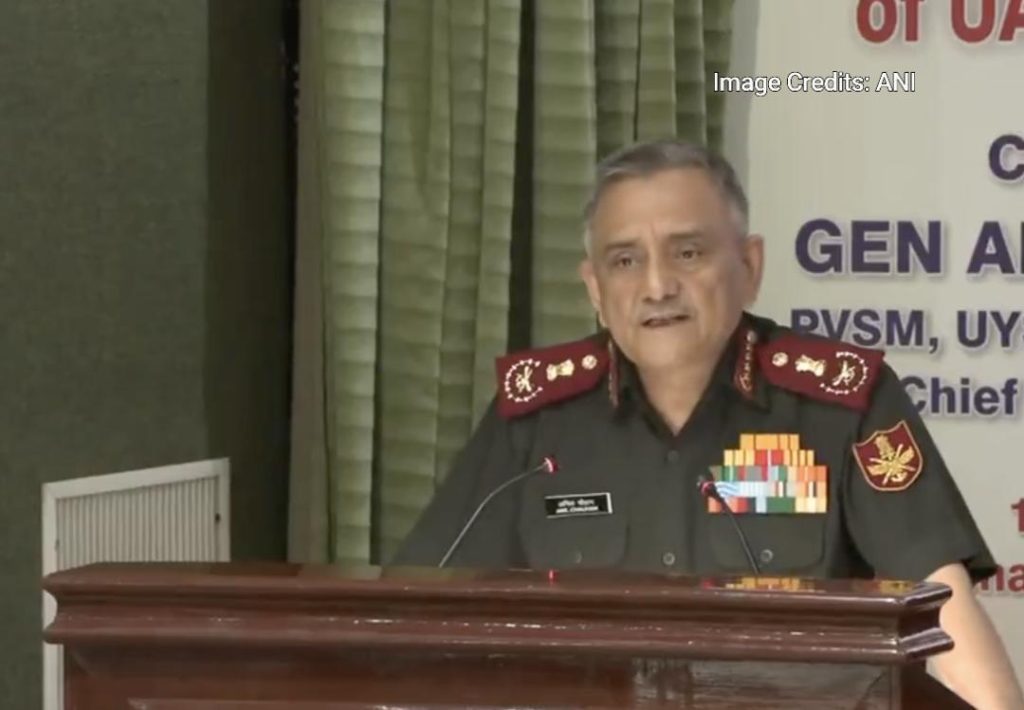
Pak Used Unarmed Drones & Loitering Munitions: CDS Anil Chauhan
In a recent interview, Chief of Defence Staff (CDS) General Anil Chauhan shed light on the nature of the conflict between India and Pakistan in May. According to the CDS, Pakistan used unmanned aerial vehicles (UAVs), commonly referred to as drones, and loitering munitions during the conflict. However, interestingly, none of these drones and munitions inflicted any damage to the Indian military or civil infrastructure.
The CDS’s statement provides a significant insight into the intensity and nature of the conflict, which had escalated tensions between the two nuclear-armed nations. The fact that Pakistan opted for unarmed drones and loitering munitions raises questions about the effectiveness of these weapons in achieving their military objectives.
Loitering munitions, in particular, are a type of weapon that is designed to loiter in the air for a prolonged period, waiting for an opportunity to strike. These weapons are often equipped with advanced sensors and navigation systems, allowing them to locate and engage targets with precision. In the context of the conflict, the use of loitering munitions by Pakistan implies that they were attempting to target specific Indian military or infrastructure assets.
However, according to the CDS, most of these drones and loitering munitions were neutralized using kinetic and non-kinetic means. Kinetic means refer to the use of force, such as shooting down the drones or destroying them using precision-guided munitions. Non-kinetic means, on the other hand, refer to the use of electronic warfare, cyber warfare, or other non-violent means to disrupt or disable the drones.
The CDS’s statement also highlights that some of the drones and loitering munitions were recovered in almost intact condition. This raises questions about the extent of Pakistan’s capabilities in developing and deploying these weapons. The fact that some of the drones were recovered in good condition implies that Pakistan may have had some level of success in developing and deploying these weapons, despite their ineffectiveness in achieving their military objectives.
The CDS’s statement has significant implications for the military strategy of both India and Pakistan. It highlights the importance of developing effective counter-drone capabilities, which can neutralize the threat posed by these weapons. The statement also underscores the need for both countries to develop robust electronic warfare and cyber warfare capabilities, which can disrupt or disable the drones and loitering munitions used by the enemy.
Furthermore, the CDS’s statement has significant diplomatic implications. It highlights the need for both countries to engage in diplomatic efforts to reduce tensions and prevent future conflicts. The statement also underscores the importance of developing confidence-building measures, such as the use of hotlines and diplomatic channels, to prevent misunderstandings and miscommunications.
In conclusion, the CDS’s statement provides a significant insight into the nature of the conflict between India and Pakistan in May. The use of unarmed drones and loitering munitions by Pakistan raises questions about the effectiveness of these weapons in achieving their military objectives. The neutralization of these drones and loitering munitions using kinetic and non-kinetic means highlights the importance of developing effective counter-drone capabilities. The recovery of some of the drones in almost intact condition raises questions about the extent of Pakistan’s capabilities in developing and deploying these weapons. Overall, the CDS’s statement underscores the need for both countries to engage in diplomatic efforts to reduce tensions and prevent future conflicts.






